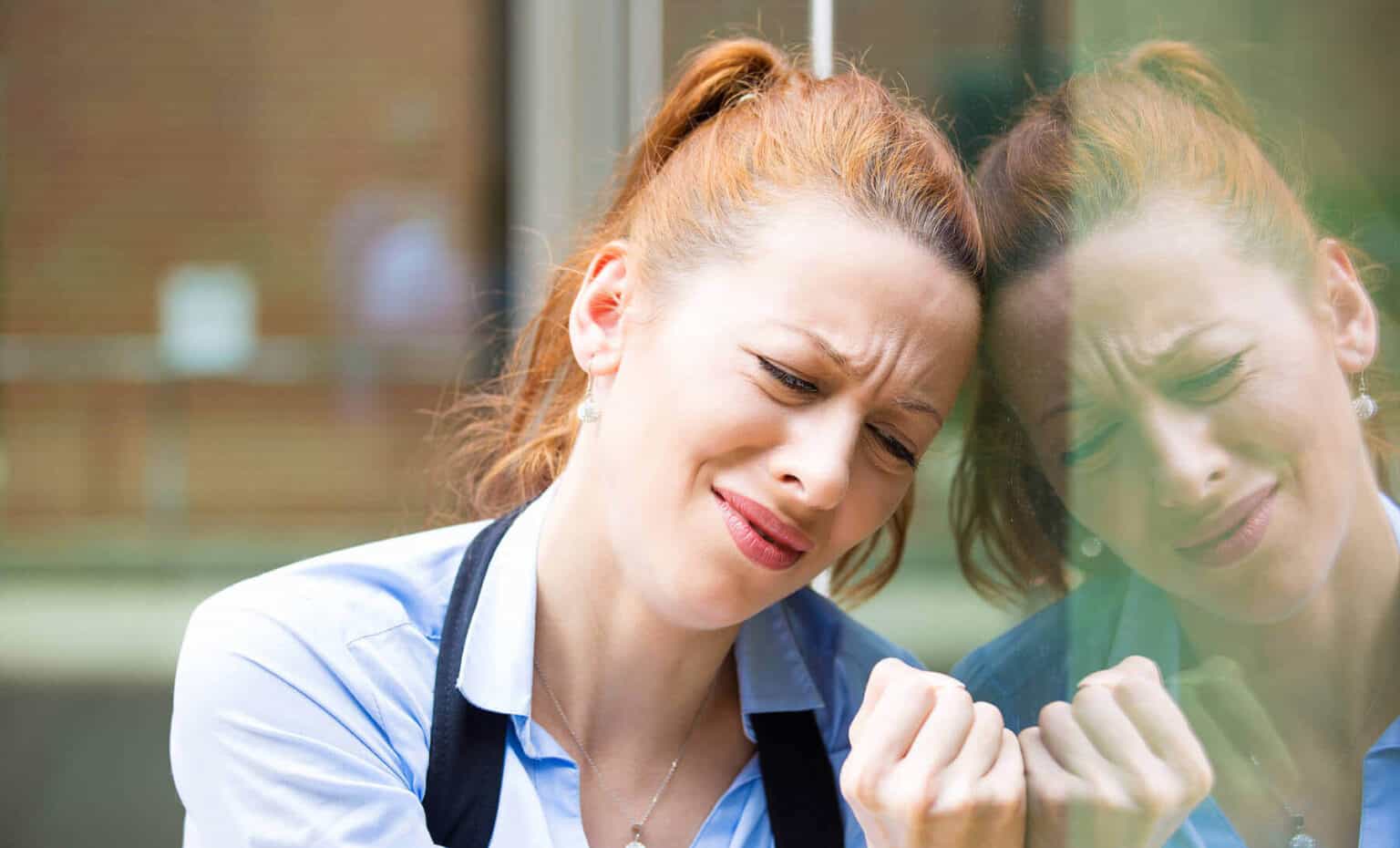Is sitting bad, does poor sitting posture cause back pain and actually, does sitting posture even matter at all?
It is important to remember that the human back is incredibly resilient and strong, so why do some people find sitting so uncomfortable?
There is a lack of good quality research evidence that shows people who sit more are more likely to experience low back pain. Or evidence that sitting ‘badly’ causes low back pain to develop over time. But that isn’t the end of it – it is a little more to this story!
If you want to watch a potted version, you can watch this video.
Is sitting bad?
No, in itself sitting is not so bad. We all have to do it. You can’t drive a car without sitting. You can’t complete your daily ablutions without it (well, you probably could but it would be challenging).
The recent interest in the effects of sitting as a health issue has portrayed it as really bad news. Even Malcolm Turnbull said that sitting is the new smoking when he gave the tour of his PM office and proudly showed off his standup desk (it seemed like standing desks were multiplying for a while there!).
What IS bad is uninterrupted sitting and lack of activity.
Our lifestyles are more sedentary than ever, and this is negative for many aspects of our health. For a nice summary, see this article from the SBS website which also links to a great show by Dr Michael Moseley called ‘How To Exercise’.
Also this study, a systematic review showing that compared to prolonged sitting, breaking up sitting time with light-intensity or moderate-intensity physical activity results in lower post-meal insulin and glucose levels. Breaks in sitting time may help reduce post-meal triglyceride levels, but this is not seen until the following day.
So what about sitting and low back pain?
In regards to low back pain, it’s not that sitting is bad – it is more the lack of variety if you sit for prolonged periods.
Most people can get away with sitting like a slob for periods of time, and some more than others. From experience, the threshold for slobbiness duration varies considerably. For some people, particularly those who do have a history of low back pain, they seem to have a lower threshold for sitting on crappy chairs before experience problems.
It is fair to say that regardless of the tissue, whether we are talking about soft tissues associated with the low back (like disc, muscle or other soft tissue restraints like ligaments), or soft tissue associated with a finger, if you have it on stretch for long enough, it will let you know and with good reason.
When this happens, the tissue has reached some kind of level of ‘unhappiness’ (or more accurately your danger alarm system has created an alert that has been deemed important enough to bring this information to a conscious level) whether the stimulus is mechanical or chemical or other. There are other factors that will affect this threshold too that are beyond the scope of this blog.
The bottom line is that our spines crave, appreciate, love, thrive on variety and movement.
If you have a back problem, even more so. Move. Regularly.
Does ‘bad’ posture cause low back pain?
Over the years many people have suggested that sitting is a main underlying cause of low back pain. Robin McKenzie was absolutely adamant that poor sitting posture was one of the most important reasons for the development of low back pain.
The research has given equivocal results as far as posture correction and prevention of back pain – not strong enough to say one way or the other. You could interpret that as saying that posture doesn’t matter.
Or you could interpret that perhaps more correctly to say that it hasn’t been established if it matters or not.
Looking for a new office chair but don’t know where to start? What are the ‘must have’ features and what are the optional extras? Do you have to spend thousands to get something good?
Check out this article to make the process much easier.
When is posture important?
If you do have back pain and
- the pain in your back is less when sitting with normal curves in your low back (which is often the case) or
- your leg pain reduces when sitting corrected
then that is a simple clear sign that the ‘corrected’ position is beneficial for you at that point in time to help your recovery. I would argue that in this instance, your sitting posture IS important.
In some instances, sitting with ‘corrected’ sitting posture feels worse. Once again, in this instance your sitting posture is important but for a different reason. But it is telling you something.
By ‘corrected’ sitting posture, what do I mean?
We’re using that term to describe a position where your lumbar spine curves are more ‘neutral’, often using a little extra support to help maintain the natural curve (lordosis) in the low part of your back when you are sitting.
That might be from a lumbar roll, or another kind of support like a good chair or a rolled up towel. Or just sitting up on your sitting bones.
Another situation is this – if you find that when you get up from sitting that you struggle to straighten up for a bit, it is certainly worth trying to sit with improved spinal curves, with some good lumbar support, and for shorter periods, and then see if it is any better when you stand. If so, you would most likely benefit from that extra lumbar support – this is a common situation that a ‘corrected’ sitting posture helps during recovery.
Variety is the key. Move. Regularly.
If you are worried about losing your train of thought, even just stand and sit down and reset your position when you sit. Set a reminder to do it every 30 minutes – it is too easy to get absorbed in what you are doing at work!
So why can your back hurt when you are sitting?
There are a few possible reasons, but here are the two most common:
Directional preference
In the example above where the pain was less in a corrected position, this suggests that the person with low back pain has a ‘directional preference’ which is one situation that a McKenzie assessment looks to identify.
This means that one direction of movement eg bending forwards may ease their pain, and reduce spread of pain (e.g. pain in hips or legs) and increase their movement. In contrast, going the opposite way can have the opposite effect.
This kind of situation is common in acute low back pain. But it can also be found in the person who has had back pain for 20 years when a directional preference has never been identified. These situations happen, and changes can be just as rapid as the person with acute low back pain.
Directional preferences are valuable – they give you the tools to make a big difference to your problem and fast.
Directional preferance can also be the reason that sometimes sitting with a corrected posture can make it feel worse too. If someone has a preference for flexion (and though less common, there are quite a few conditions that respond to flexion), having a lumbar roll and accentuating their spinal curves can increase pain.
Also, if the person is just so restricted in their lumbar spine that the curve accentuation is challenging their spine stiffness, it can make their discomfort worse.
Inactivity
For most people though who experience a general ache with prolonged sitting, it is your body asking you to move! The human body is amazing and fundamentally designed to move. We have over 600 muscles in the body for a reason. Sitting for 10hrs a day isn’t the most engaging activity we can do for our mind and body.
Think of some days where you might find yourself sitting to eat breakfast, sitting on the way to work, sitting at your desk all day before sitting to drive home, only to get home and sit to eat dinner to finally sit on the couch to watch T.V. For many people increasing their level of physical activity both throughout the day and during a week can be very effective at reducing dull annoying aches.
While you shouldn’t fear that sitting will cause you low back pain, the inactivity that comes with sitting can have other negative health effects. More and more research is showing the negative effects of inactivity through increased rates of Type 2 diabetes, cardiovascular disease and some cancers.
If you are someone who has a desk job or is relatively inactive during the day, get up and go for a 20min walk during your lunch break as a start. Your heart, lungs and muscles will thank you. It might just even reduce your dull annoying low back pain or save your life one day!
That’s the long answer.
The short answer is that sitting is a fact of life, but we need to move more. And sometimes posture does matter.
Posture and Sitting: Take Home Messages
- If you have back pain and it hurts when you sit – experiment! What happens if you support your lower back with a cushion? And make an effort to get your butt back into the seat so that your lumbar curves are a bit more accentuated?If you have less back pain, then continue with it. If it makes it feel worse, then don’t. If it makes no difference but it feels like a good thing to do, continue it.
- If you have a job that requires a lot of sitting – interrupt your sitting time regularly.Get up, walk, move, do a few squats and calf raises. Then sit back down and get back to work!Go for a walk at lunch. Drink more water so you have to go to the loo more often.
If you have any questions, call us on (08) 7110 0848 and have a chat with one of the physios. If you are interested in finding out more about how we help people with back pain get back to what they love doing, give us a call!
If you haven’t already read Low Back Pain Myths: The Ultimate Guide, you can get it here.
We highly recommend having a read of this free guide. If you have back pain, it is vital that you get the right information and not the common myths that are perpetuated by all and sundry.
If you haven’t seen this device before, this is another approach to variety of back position. I’m not sure that it gives you the abdominal workout it promises, or how it would impact your productivity, but worth a look for a laugh anyway…

Click here to read more about how we can help your back pain.















